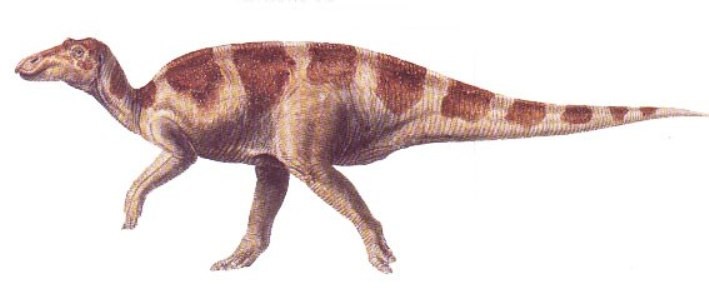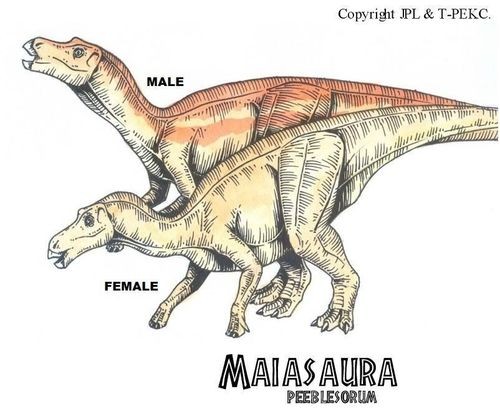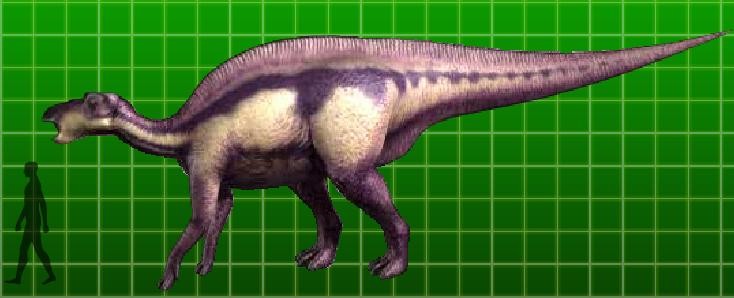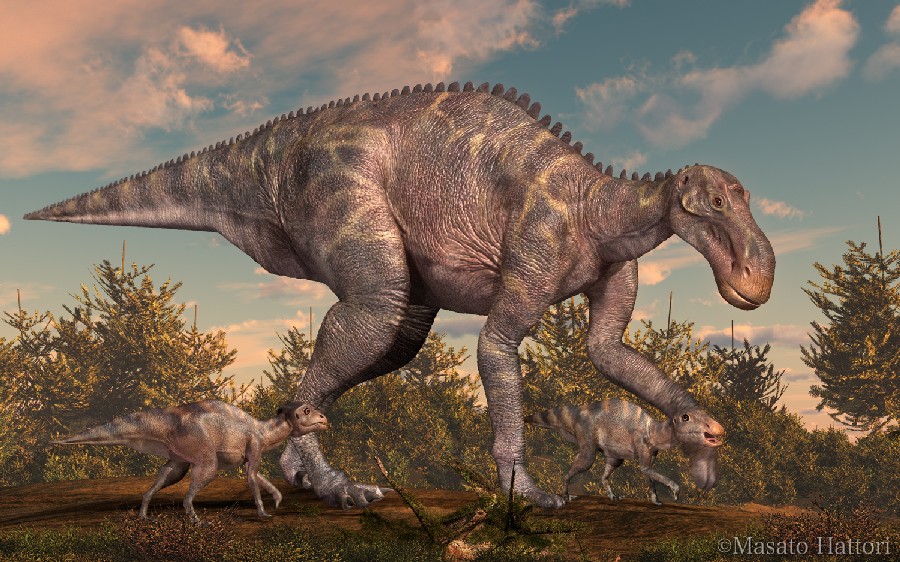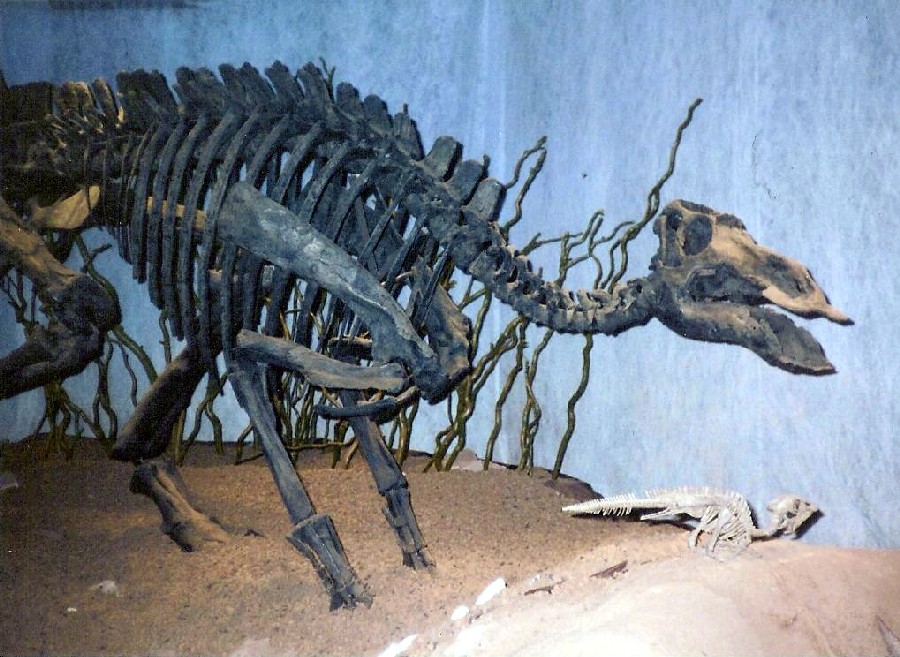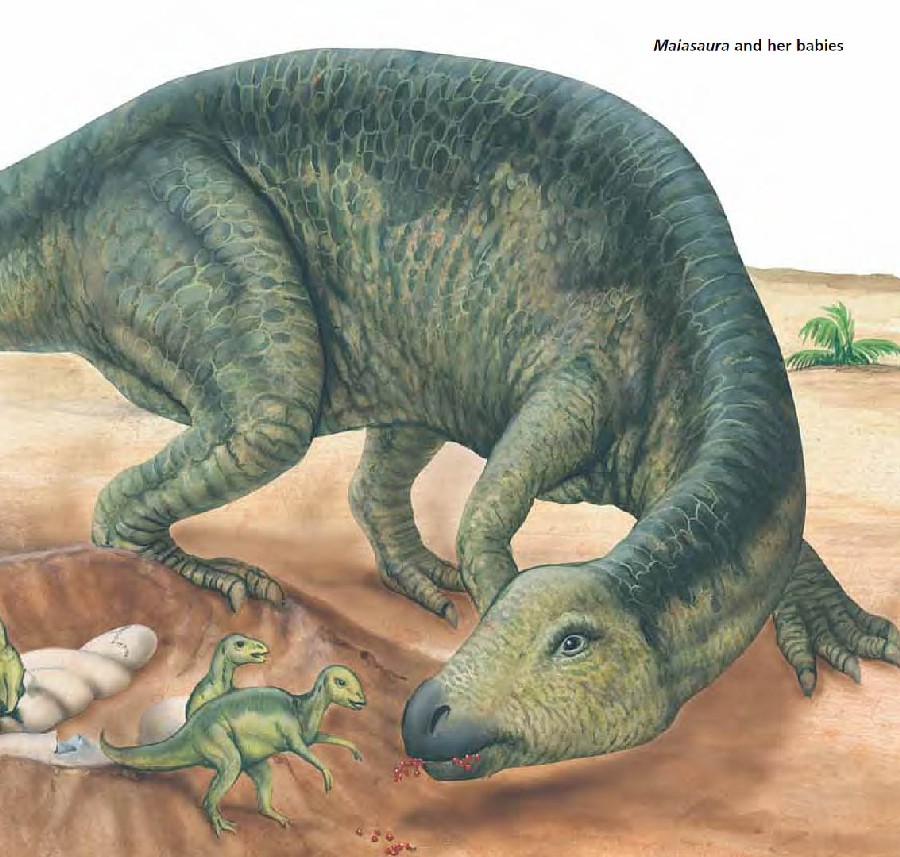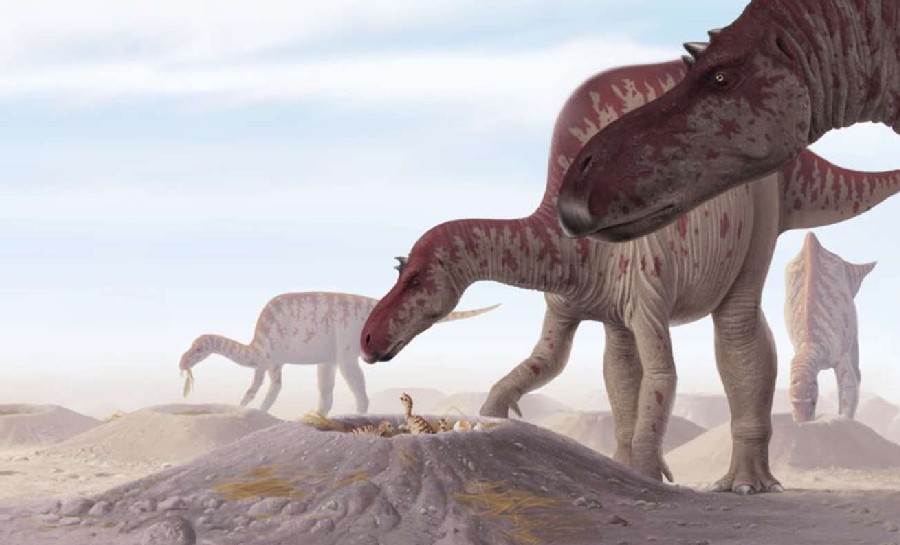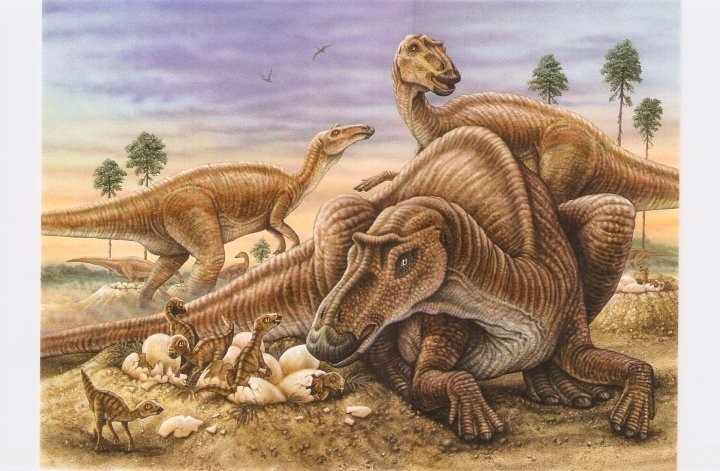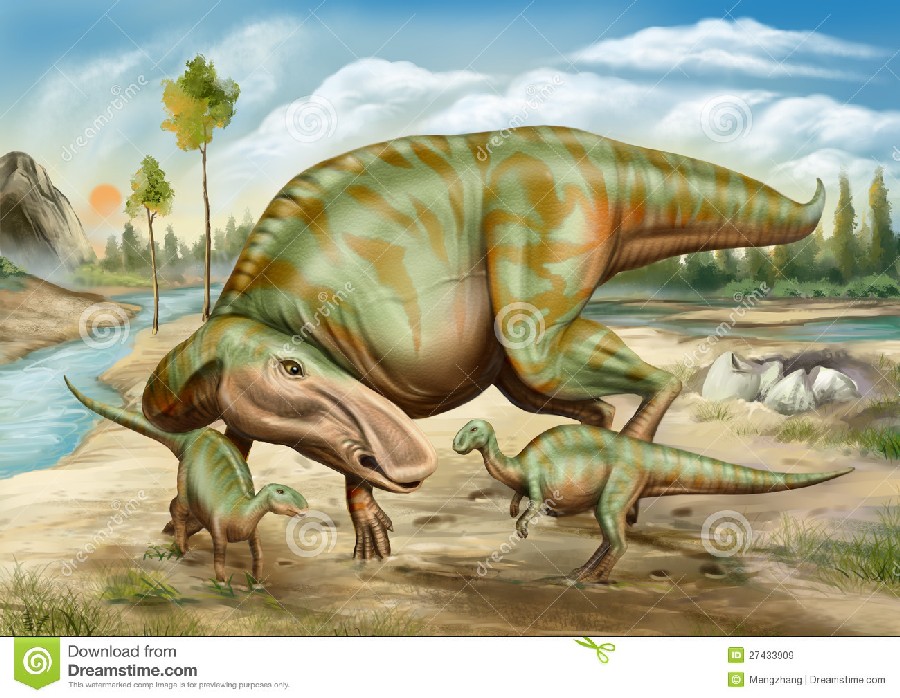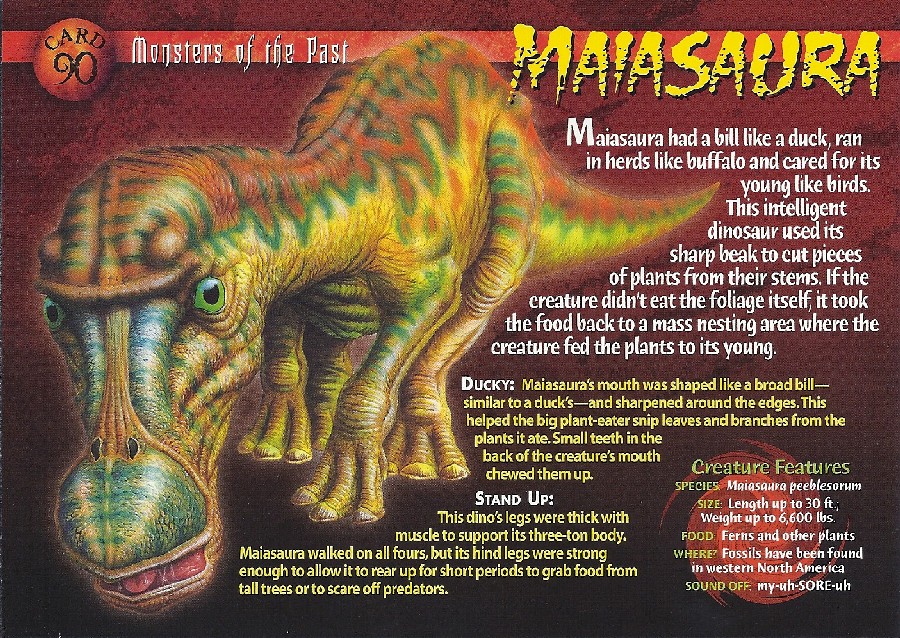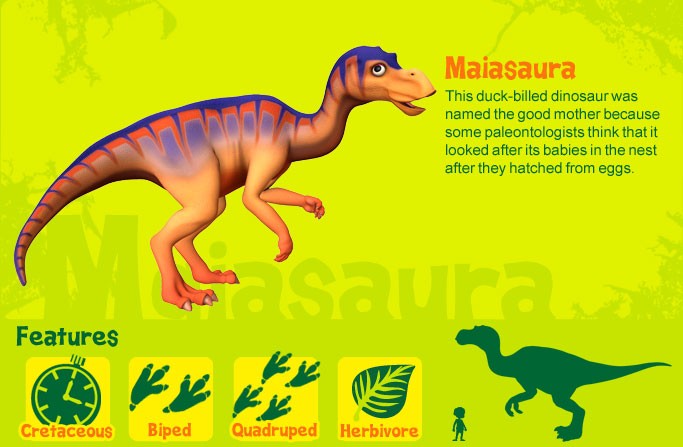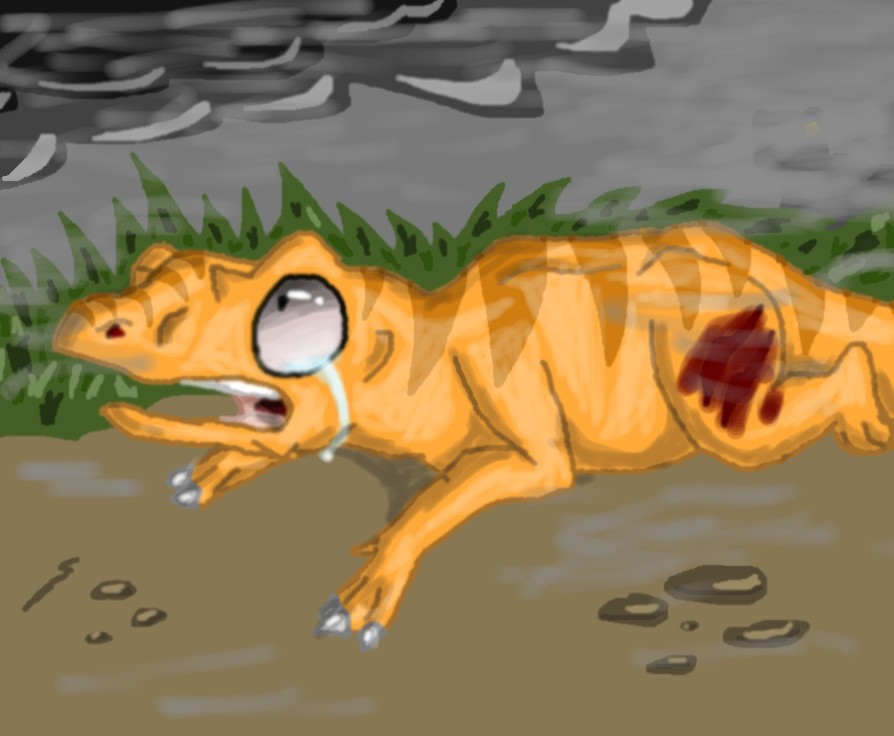База данных динозавров:
Общее количество образцов: 1365| name | Maiasaura (Майазавр) |
| period | Cretaceous (Меловой период) |
| period_mya | 66 |
| date_from | Santonian Age (Сантонский ярус) |
| date_to | 70.6 million years ago |
| date_from2 | 86.3 |
| date_to2 | 70.6 |
| lived_in | a terrestrial habitat (наземная среда обитания) |
| was_a | herbivore (травоядные) |
| reproduced_by | laying eggs (откладывание яиц) |
| url | https://dinosaurpictures.org/Maiasaura-pictures |
| description | This dinosaur was named “The Good Mother” because there is evidence that she looked after her nest of eggs very well. And her fossil was found among a whole area of nests, all clustered together, like a mass incubation ground. She was excavated in Montana during 1979.Big Mama weighed in at around four tons, with a nose to tail tip measurement of some 30 feet, and stood at least eight feet at the shoulder. Montana must have been a very rich environment at the time, rich enough to support hundreds of duck-billed plant eaters like Maiasaura, with huge appetites, and side teeth that could process enormous amounts of plant material.According to the fossil specialists who found her, the four-footed Maiasura species was unlikely to have been a lumbering colossus in the style of Diplodocus. Anatomical studies suggest she may have moved along at 25 miles an hour. And one may imagine how a Maiasaura herd may have patrolled the perimeter of the hatchery, as a formidable defense and protection system for their precious eggs. |
| articles | K. F. Hirsch and B. Quinn. 1990. Eggs and eggshell fragments from the Upper Cretaceous Two Medicine Formation of Montana. Journal of Vertebrate Paleontology 10(4):491-511 J. R. Horner. 1982. Evidence of colonial nesting and "site fidelity" among ornithischian dinosaurs . Nature 297(5868):675-676 D. J. Varricchio. 1993. Taphonomy of Jack's Birthday site, a diverse dinosaur bone bed. Journal of Vertebrate Paleontology 13(3, suppl.):61A D. A. Burnham and K. L. Derstler. 2000. Remarkable new birdlike dinosaur (Theropoda: Maniraptora) from the Upper Cretaceous of Montana. University of Kansas Paleontological Contributions 13:1-14 J. R. Horner and R. Makela. 1979. Nest of juveniles provides evidence of family structure among dinosaurs. Nature 282:296-298 |
| trophic_level | herbivore (травоядные) |
| habitat | terrestrial habitat (наземные среды обитания) |
| motility | actively mobile (подвижный) |
| points | 47.8125 -112.183, 48.6333 -113.75, 48.4792 -112.701, 47.7681 -112.288, 47.8122 -112.184, 47.99 -112.276, |

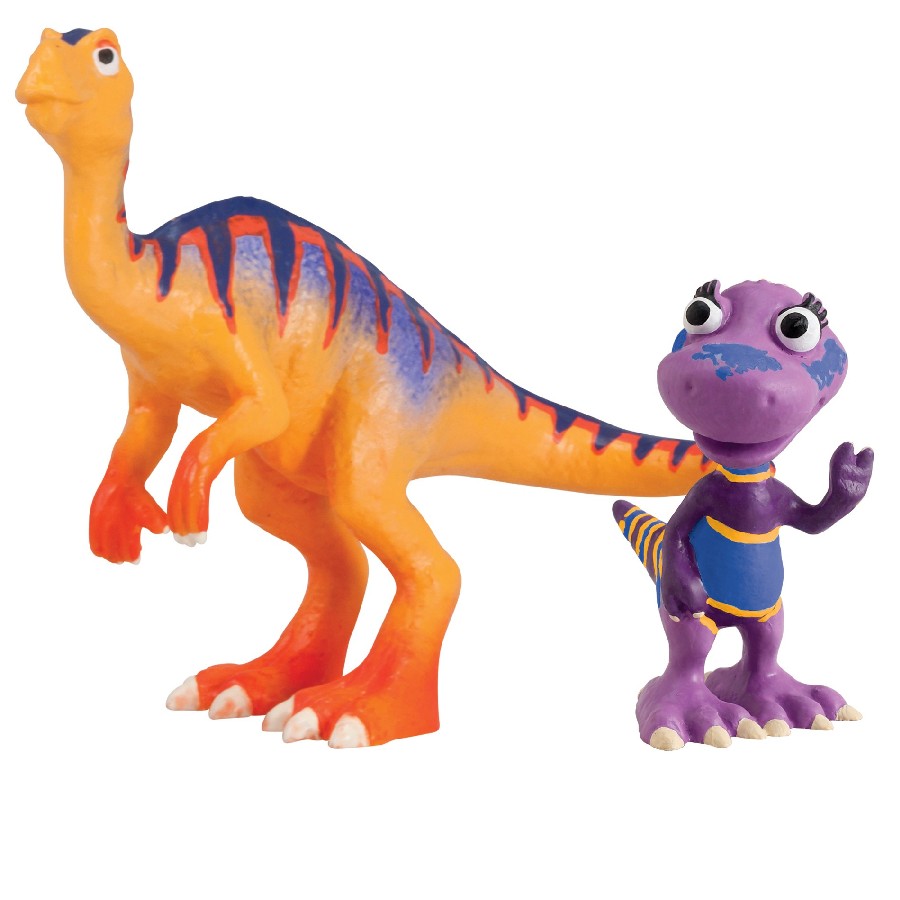
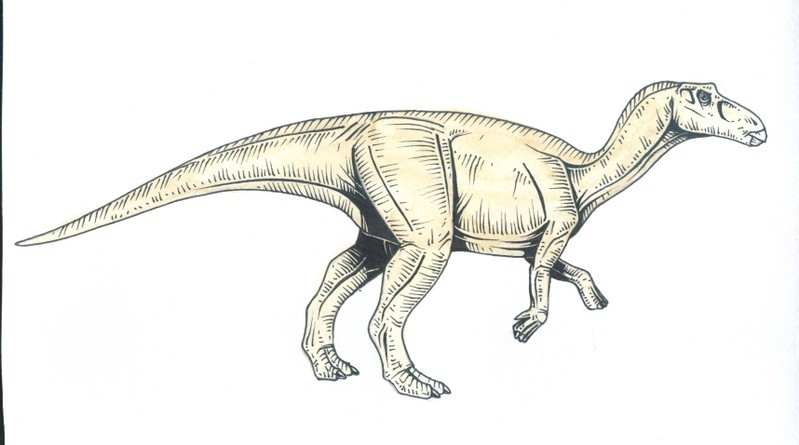
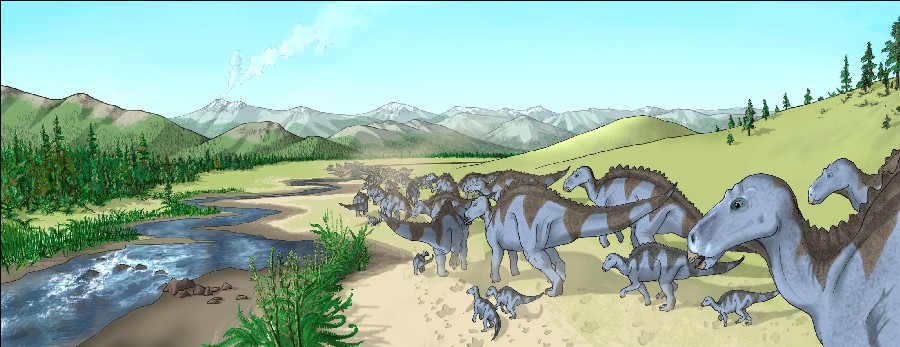
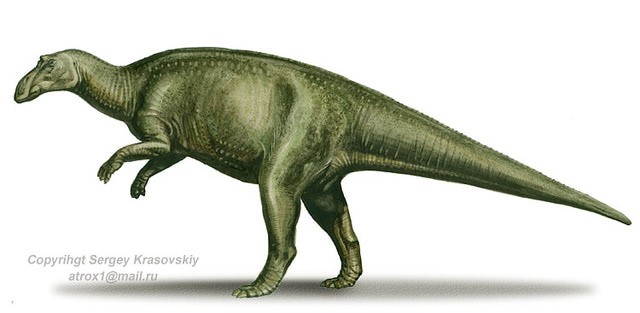

_1468.jpg)
